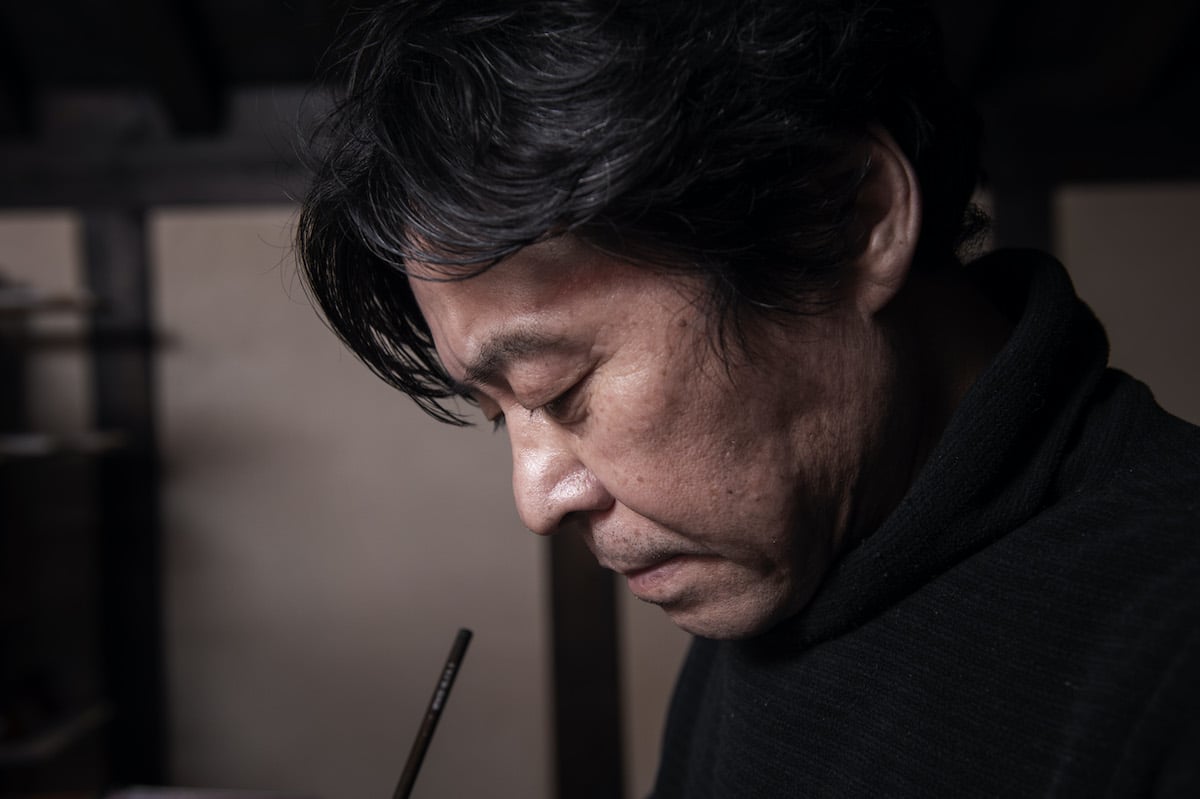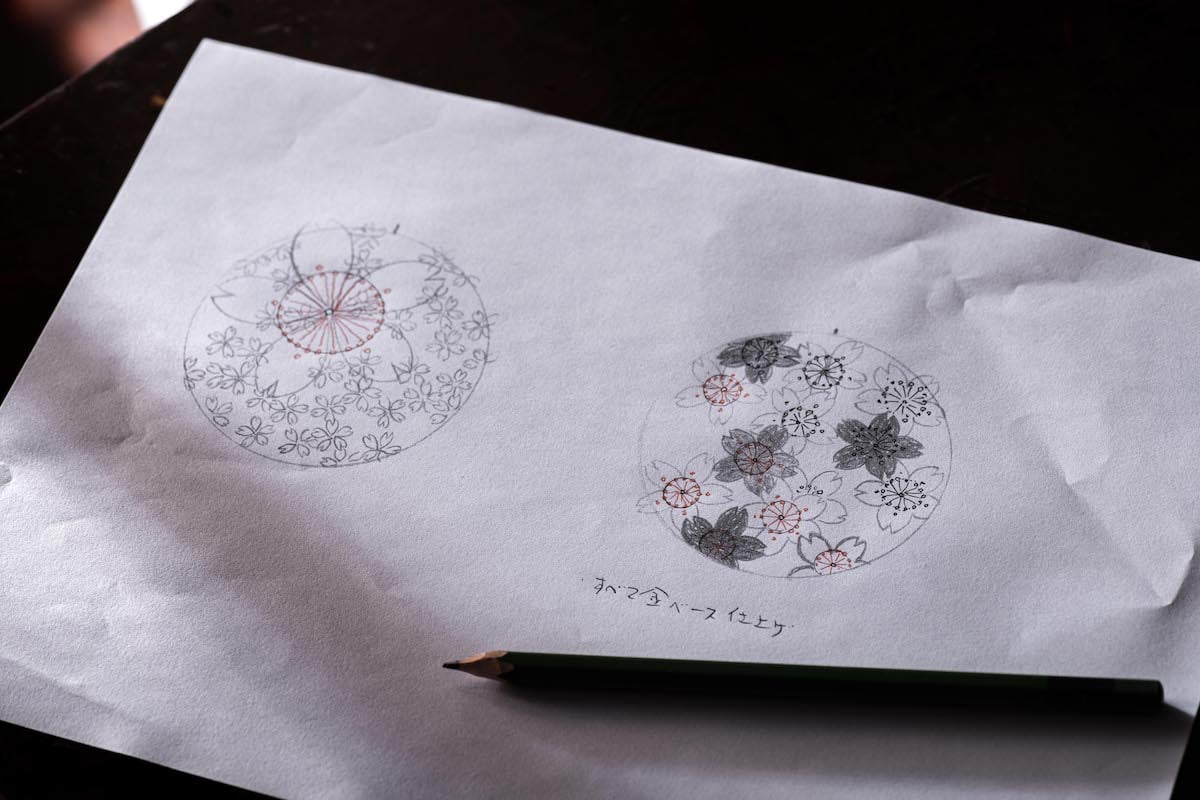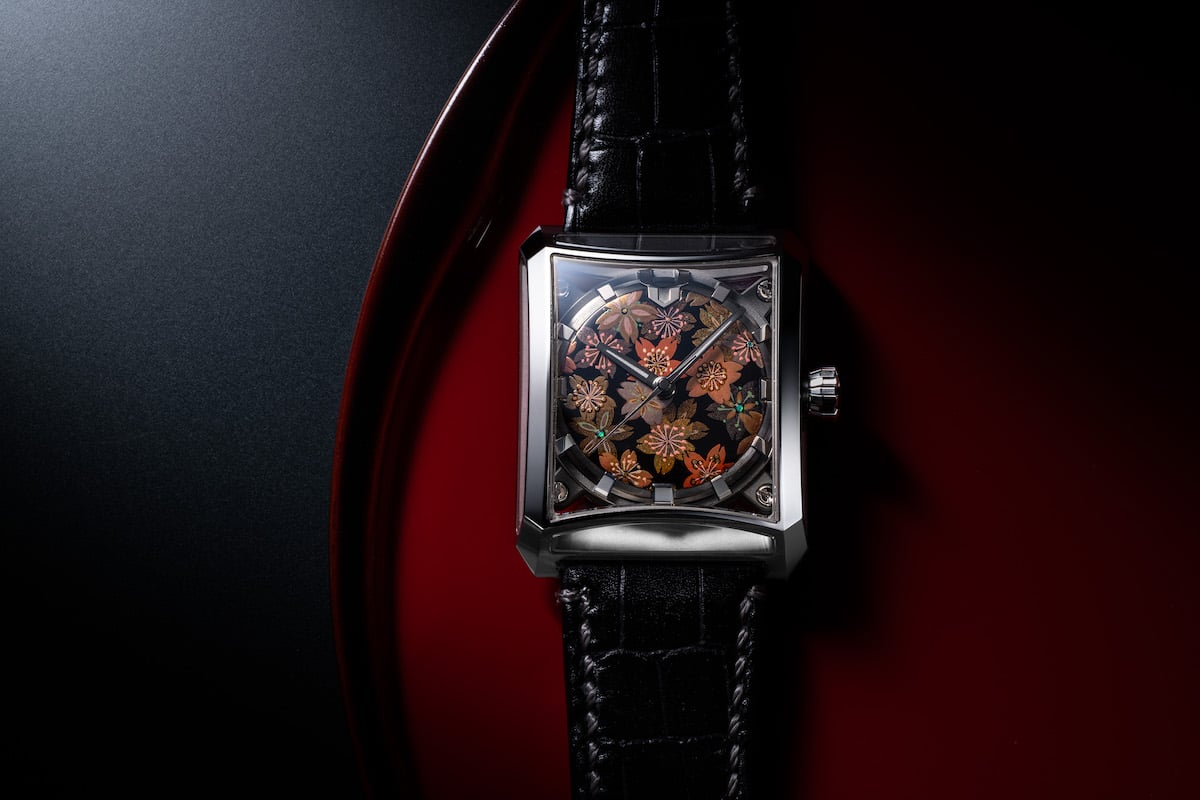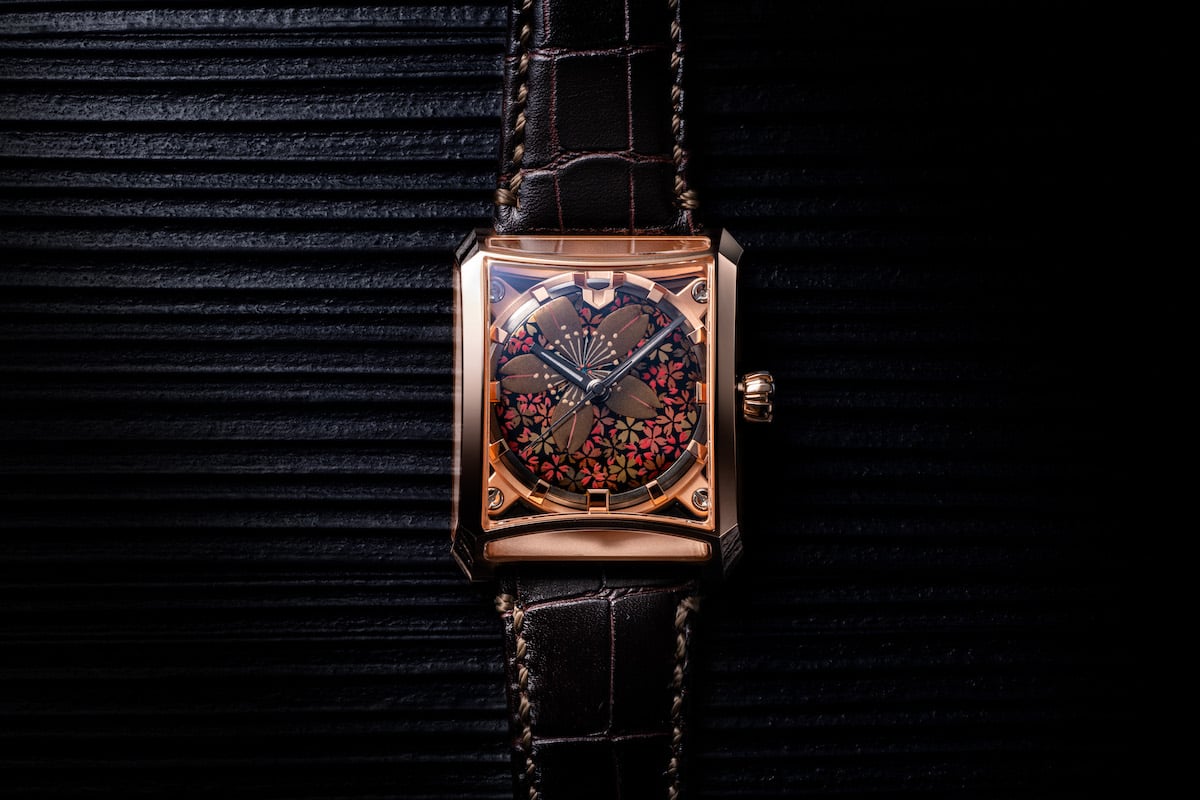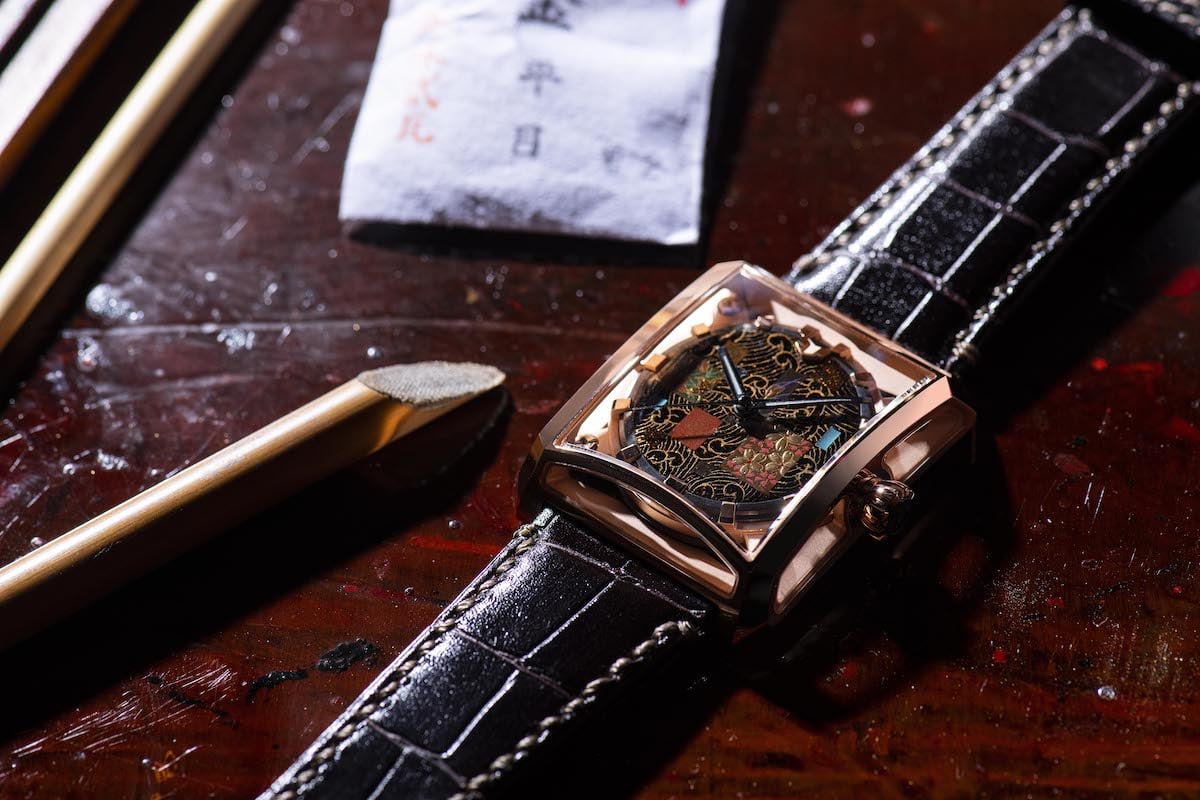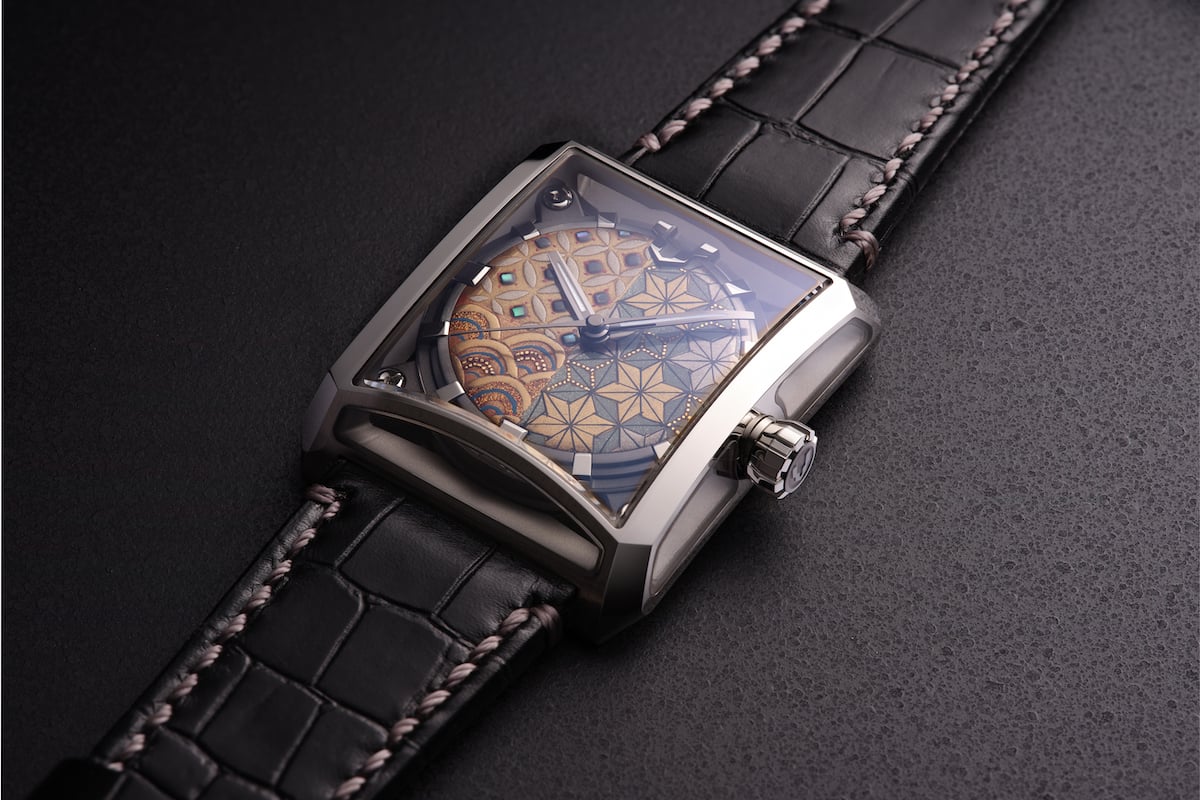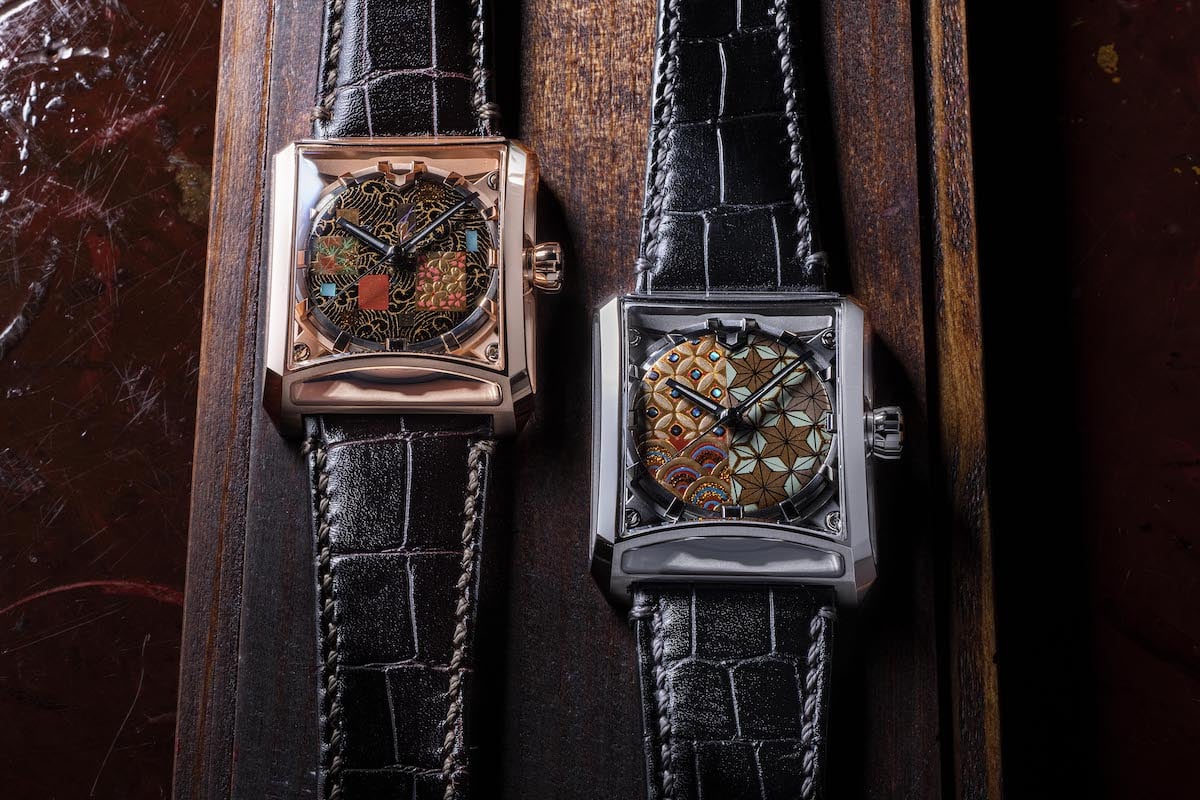Minase Celebrates Updating Its Masterpeice Collection to the 7 Windows With The New Urushi Makie Hakose Editions
Minase’s Masterpiece collection displays some of the most beautiful crafts of Japan. Gold-engraved cases, needle-art decorated dials, or silver filigree decorations, Minase has shown it is the master of many different traditional techniques. Now the Japanese brand expands on its artistry showcase with the new Urushi Makie Hakose watches. Until now, the Japanese brand used its popular 5 Windows watches to showcase this artistry. From now on, it will use the stunning 7 Windows model for the acclaimed Masterpiece collection.
To mark the occasion, Minase teamed up with the famous makie artist, Junichi Hakose, and developed a series of 4 urushi-makie watches around the theme of Japanese nature. Commonly known as the cherry blossom in English, the sakura is the national flower of Japan. In Japanese culture, the sakura flower represents the time of renewal and optimism. Due to their short blooming season, cherry blossoms also symbolize the ephemerality of life. Hakose designed 2 dials specifically around this theme.
Junichi Hakose
Junichi Hakose was born in 1955 in Wajima-city, Ishikawa. He graduated from school at the time when the Wajima lacquerware industry was booming. The sector offered suitable employment for many people living in the city at that time. This is how Hakose started a 4-year apprenticeship, which was, in his own words, “extremely tough with no time to sleep”. However, Hakose was a fast learner with a strong character of persistence. He quickly learned and mastered all the processes of Wajima lacquerware. The difficulties of the formation pushed him to keep practicing, because he knew he would come out of this challenging period with excellent technical know-how, which would set him up for the rest of his career.
Today, he runs his own workshop and takes several apprentices to pass on his knowledge and keep the craft alive among the younger generation. Minase is, quite rightly, very proud to collaborate with such a great artist who shares its core values. As a fan of Minase’s work, I can’t help but feel the collaboration between brand and artist is a match made in heaven.
The Urushi Makie Hakose creation process
Hakose always begins his design process with detailed, hand-drawn ideas. The overall balance, production methods, and coloring are explicitly chosen in accord with his sketches. The first layer of Urushi lacquer is applied and heated to prevent the dial from decolorating and rusting. The Minase artisans reproduce this pattern two to three times. once completed, Hakose starts to decorate the dial. Alternating between painting, spreading gold powder on an urushi lacquer base, and placing flat flakes of gold (hirame gold). This process takes time as the paint or lacquer needs to dry after every step of the dial-decoration.
The Urushi Makie Hakose collection
As mentioned, Minase and Junichi Hakose worked together on creating a series of four stunning dial designs for this collaboration. Each of which celebrated a different part of Japanese nature, something that forms an integral part of the country’s rich and vibrant culture: two different types of cherry blossom, the four seasons, and an ancient artistic pattern.
Somei Yoshino (yoshino cherry)
Cultivated during the Edo Period in Tokyo, the Somei Yoshino is by far the most common cherry tree in Japan, but this doesn’t detract from the beauty of its numerous blossoms. Somei Yoshino trees come with slightly pink, almost white, five-petaled flowers. Their appearance is particularly intense thanks in part to the fact that their fresh leaves do not emerge until after the peak of the flowering season.
In the design of the Urushi Makie Hakose Somei Yoshino, Hakose wanted to express that all Sakura flowers may look alike, but in reality, they all have different sizes or slightly different colors. Thus, the artist played with more than 5 kinds of processed gold, silver, and metal powders to decorate this dial.
Yamazakura (wild cherry)
The Yamazakura is the most common naturally-growing cherry tree variety in Japan, as opposed to cultivars such as the Somei Yoshino. Its blossoms are slightly pink and have five, relatively small petals. The Yamazakura’s fresh leaves develop at the same time as the blossoms, giving the tree a somewhat less intense look than the Somei Yoshino.
Hakose played with perspective on this design by depicting a close-up of cherry blossoms on the first draft and other flowers in the background. The artist played with different colors and powders with various roughness to decorate the dial. Each tiny flower is then unique, and the overall result is lively.
Four seasons
Japan has four beautiful seasons: Cherry blossoms blooming in spring, flowing waters in summer, colored leaves in autumn, and orchids blooming in winter. Hakose uses an Ichimatsu pattern, a famous design in Japan, to depict the beauty of each season. Usually, Ichimatsu is composed of two different colored squares arranged alternately, hence resembling a checkerboard.
For the Urushi Makie Hakose Four Seasons, Minase dared to design the squares in different sizes and filled them with modern patterns instead of a single color. The ripples in the background were inspired by the abundance of water in the Minase region, especially in summer. The three other seasons are also depicted in the squares. The patterns are so small that it was challenging to decorate this dial with lacquer, paint, and shells. Still, the fusion of the old-fashioned patterns and the strong rose gold case is something unique in watchmaking.
Komon
The technique of Edo Komon, is very famous in Japan and used on kimonos, tableware, or even, for Minase, on dials. For the Urushi Makie Hakose Komon watch, Hakose got his inspiration in the form of flowers, petals, and leaves. The difficulty with this Komon dial was to not make it look monotonous or old-fashioned.
To avoid this, Minase decided to divide the dial into three parts. The size of each pattern is tiny. As such, it was a challenge to Hakose, restricted by the thinness of drawing his brush. The artist mixed pale and flashy colors to bring out the ancient pattern on a modern watch.
Urushi Makie Hakose Ordering process
Some of those pieces will be available on a stainless steel case at the beginning of summer. Minase produces pieces in rose or yellow gold to order and requires 3–4 months for production and delivery. For orders and inquiries, please visit the Minase website.

